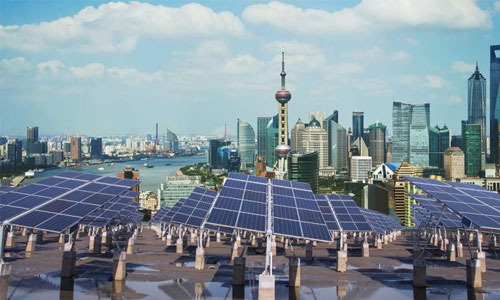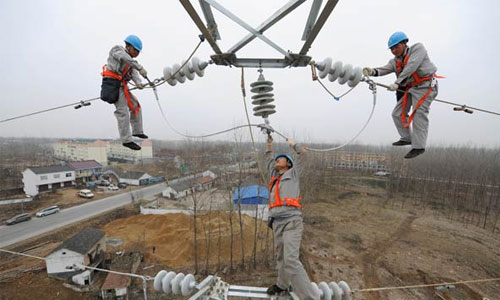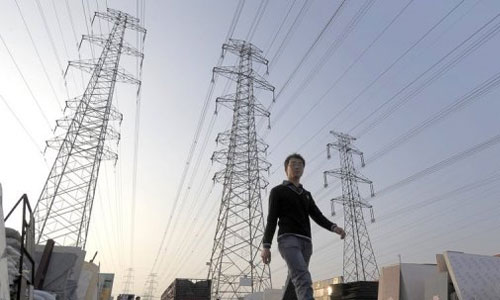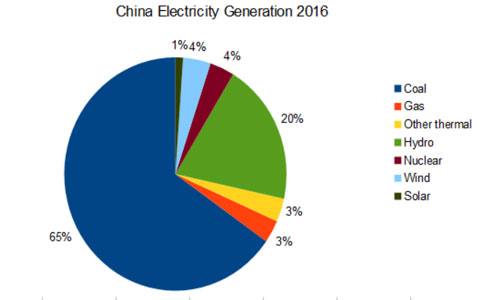We demonstrated that a competitive electricity marketplaces the consumer in the driver’s seat, produces more economic efficiencies, and provides the lowest costs to customers on a long-term, sustainable basis.




Guangdong operated a “regulated electricity market” where the Guangdong Electric Power Holding Company controlled, owned, and operated all electricity from generation to the meter. The utility company owned the infrastructure and transmission lines then sold the electricity directly to the customers, abiding by electricity rates set by the China Electricity Council. This monopoly approach had known limitations, especially consumer choice and operating efficiency. The regulated rates were based on the views and judgement of utilities and regulators about the reliability and environmental impacts of the product and not the discipline of market forces, resulting in utilities and regulators imposing their choices on customers. A regulated market did have benefits, including stable prices and long-term certainty. Our challenge was to help the client understand the benefits of changing to a “competitive market” approach.
Our energy economists and policy experts undertook a technical assistance program supported by NZ AID, with over five field missions in Guangdong, China - helping the monopolistic Guangdong Electric Power Holding Company to explore and understand the differences and benefits between regulated and open market systems.
We demonstrated that a competitive electricity marketplaces the consumer in the driver’s seat, produces more economic efficiencies, and provides the lowest costs to customers on a long-term, sustainable basis.